The Best Guided Tour to Take at the Vatican
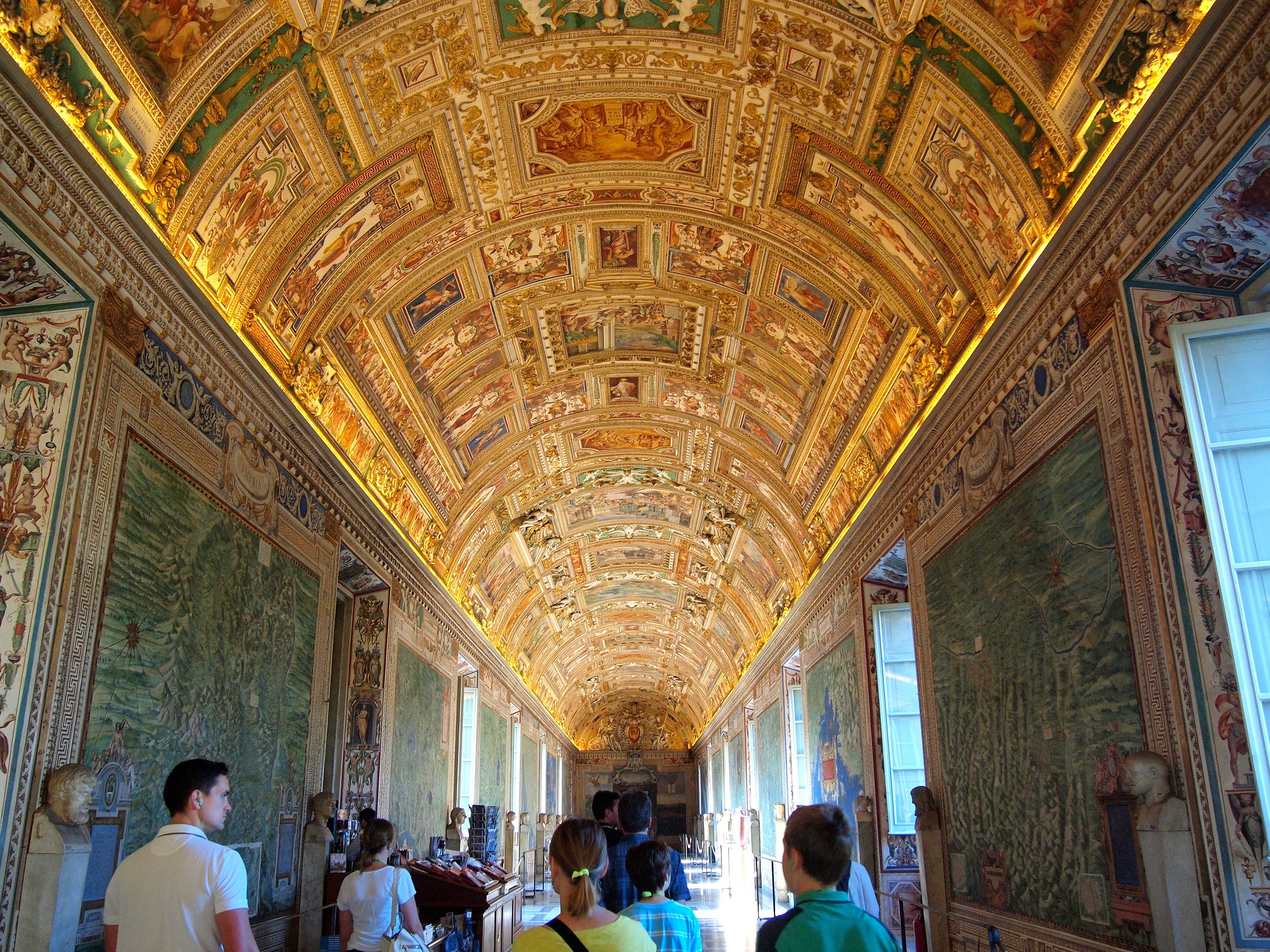
“There was just too much to see at The Vatican.”
This was a common complaint I heard from people who were traveling in Italy the same time that I was. And it's true — the Vatican Museums are massive, and have a HUGE collection of everything from classical sculptures to Renaissance masterpieces. If you're on your own, this amount of stuff can become overwhelming quite quickly. There's too much to see, too much to take in, and you're never sure if you're missing the really important bits.
Which is why I highly, highly recommend doing a guided tour of The Vatican — especially the Museums.
While in Rome, I booked a spot on a guided Vatican tour called Pristine Sistine with a company called Walks (formerly Walks of Italy). This tour promised early access to the Sistine Chapel, as well a small-group guided stroll through the Museums and St. Peter's Basilica.
Compared to my half-remembered visit to the Vatican Museums 8 years earlier on a college trip, this one was especially memorable — and extremely interesting.
The Pristine Sistine Vatican Tour
We began early.
Before 8 a.m., in fact, in order to make our way to the Vatican Museums to ensure that we were the first group in line for the day. Once the doors opened (doors that up to 25,000 people can pass through per day during the high season), we quickly got our tickets and made a beeline for the Sistine Chapel. This beeline actually included a brisk 20-minute walk through the quiet Museums, from one end to the other (yes, that's how BIG the Vatican Museums are!).
The speed walk paid off, however, because when we entered the Sistine Chapel, we had it virtually to ourselves. Even the strict “NO PHOTO” guards were sparse so early in the morning.
Today, the Sistine Chapel is only used as a chapel by the pope (and for the papal conclave, when new popes are chosen). Despite what you might have thought previously, the chapel takes its name from Pope Sixtus IV, who had the chapel restored between 1477 and 1480. But it was Pope Julius II who famously hired Michelangelo Buonarroti to re-paint the chapel ceiling between 1508 and 1512. (Before that, it had been painted to mimic a night sky.)
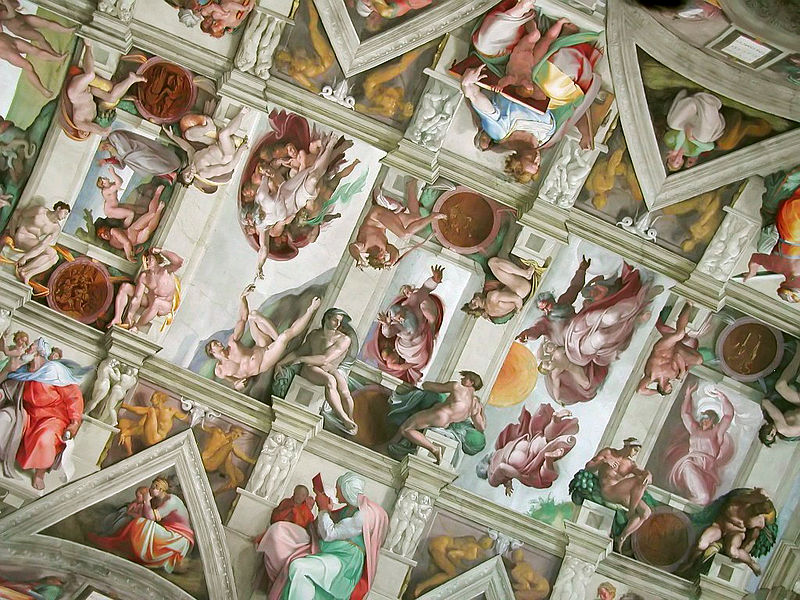
Some fun facts about the masterpiece that Michelangelo completed:
- Michelangelo did not want to paint it; he was a sculptor, and considered painting ceilings to be beneath him.
- Originally, he was supposed to paint the 12 Apostles, but ended up being allowed to paint whatever he wanted. In the end, Michelangelo painted 9 stories from the Book of Genesis (with The Creation of Adam being the most famous), along with 12 prophets and various other figures.
- It took Michelangelo nearly 3 years to complete the first half of the fresco. After that, he sped up, and you can actually see how the figures get larger and less-detailed in the second half of the ceiling.
- Contrary to popular belief, Michelangelo did NOT paint the Sistine Chapel while lying on his back atop scaffolding. He DID paint on scaffolding, but did it standing up. This actually led to neck and back issues later in his life.
- The muscular, powerful bodies that Michelangelo painted here would inspire his contemporaries and basically change the style of Western art.
This massive work is AMAZING and well worth craning your neck at for half an hour (which is exactly what we did), but the Sistine Chapel is actually about more than just the frescoed ceiling. There are also works by Botticelli and Perugino, among others, along the walls. And, of course, there's Michelangelo's other famous work: The Last Judgment.
Located behind the chapel's altar, The Last Judgment was commissioned by Pope Alexander II in 1535 and took Michelangelo nearly 5 years to complete. Michelangelo's use of nude figures in this fresco has always been a point of contention, most notably between the artist and members of the Church. The pope's Master of Ceremonies, Biagio de Cesana, called the work-in-progress “disgraceful” — so Michelangelo painted Minos, judge of the Underworld, in his likeness. When de Cesana complained directly to the pope about this, the pope apologized, saying he had no jurisdiction in hell and could therefore do nothing about it. Ha!
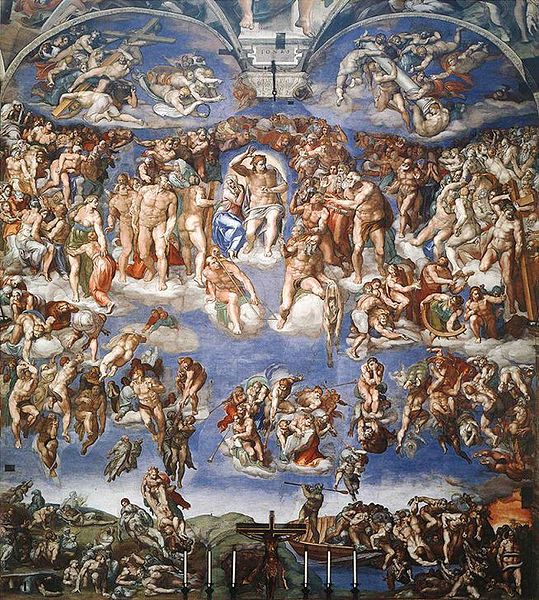
Sadly, though, after Michelangelo's death, artist Daniele da Volterra was hired to cover up the genitals on the Last Judgment fresco. Thankfully, he did not get to cover up anything on the ceiling.
After spending ample time in the chapel (getting sneaky tidbits of history from our guide through our Walks-provided headsets), it was off to see more of the Vatican Museums.
Even with a guide, it was still impossible to see everything. Highlights of what we did see, though, included:
Long hallways like the Gallery of Maps (topographical maps of the whole of Italy, commissioned by Pope Gregory XIII in the late 1500s and painted by Ignazio Danti). This long hallway has one of the most gorgeous 3-D ceilings, too.
Rooms full of everything from busts to mosaics to sarcophagi.
Pieces from the Vatican's extensive sculpture collection, including the famous Laocoon and His Sons, depicting the death of this Trojan priest.
And, of course, the famous “Raphael Rooms.”
These four rooms — the public part of the papal apartments — were painted in fresco-style by Raphael and his students between about 1508 and the 1520s (Raphael's students finished the rooms after the artist's death in 1520). The rooms were originally commissioned by Pope Julius II (the same one who commissioned Michelangelo to paint the Sistine Chapel), and were completed under Pope Leo X.
The most famous frescoes within these rooms are found in the Stanza della segnatura (“Room of the Signatura”), the first room that Raphael painted. On one wall, you have the Disputation of the Holy Sacrament.
And, on the opposite wall, you see the famous School of Athens.
This fresco is easily Raphael's most famous, and stars philosophers like Plato, Aristotle, and Socrates. It's also believed that Raphael painted himself a cameo in the fresco, in the right-hand corner as the man in a black cap looking out of the painting (not seen in the above photo).
The man sitting in the front of the scene, resting his cheek on his fist, is said to be Michelangelo — even painted in the artist's distinct muscular style. Raphael would have been painting this fresco at the same time that Michelangelo was working on the Sistine Chapel, so this is a nice little homage to the painting style that would change everything.
Our 4-hour tour ended with a brief circle around St. Peter's Basilica, one of the largest and grandest churches in the world.
You could probably easily do another 4-hour tour here, learning about the building of the church (it took more than 100 years), the popes, the Swiss guards, and all the artwork and sculptures.
Michelangelo's Pieta sculpture is housed here behind glass (the only work that the artist “signed”), and — fun fact — he's also responsible for designing the church's massive dome.
This tour should really just be called the Michelangelo Tour (With Some Raphael Thrown In).
In all seriousness, though, this is definitely the way I would suggest seeing the Vatican Museums. You can do St. Peter's on your own (and in fact that's where we were left at the end of the tour, to head down into the crypt or up into the dome), but the Museums are just too big and filled with priceless artwork to truly be able to appreciate without a guide.
I don't usually have a very long attention span in art museums, to be honest, but this tour held my interest for the entire time (and I hope this post did the same!).
IF YOU GO
The Pristine Sistine tour with Walks of Italy that I took is 84 Euro per adult (about $115 USD). This includes the 3.75-hour tour with an expert guide, as well as entry into the Vatican Museums. Tours begin at 7:35 a.m. with a meeting point near the Museums.
The tour ends in St. Peter's Basilica, where you are free to keep exploring the church on your own. I highly suggest going up into the dome, which will cost 6 Euro ($8.15 USD) if you're up for climbing 500+ steps, or 7 Euro ($9.50 USD) to take the elevator to the roof and then climb the remaining 320 steps inside the dome. It's tiring, for sure, but the view is SO worth it.
You could add on this tour to see more of St. Peter's: St. Peter's Basilica from Top to Bottom
A note about St. Peter's: You MUST have your shoulders and knees covered in order to enter the basilica. This goes for women AND men. And yes, there ARE wardrobe checkpoints before you enter the basilica, and the guards have no problem turning people away.
OR, do both the Vatican Museums and St. Peter's in this combo tour: The Complete Vatican Tour
Would YOU take a tour at the Vatican?
Pin it for later:
*Note: I received this glimpse into the Vatican as a guest of Walks of Italy. As always, though, opinions are completely my own.

Amanda Williams is the award-winning blogger behind A Dangerous Business Travel Blog. She has traveled to more than 60 countries on 6 continents from her home base in Ohio, specializing in experiential and thoughtful travel through the US, Europe, and rest of the world. Amanda only shares tips based on her personal experiences and places she's actually traveled!

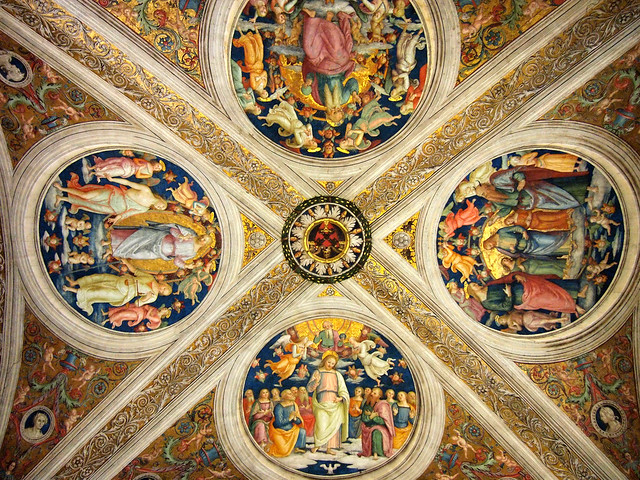

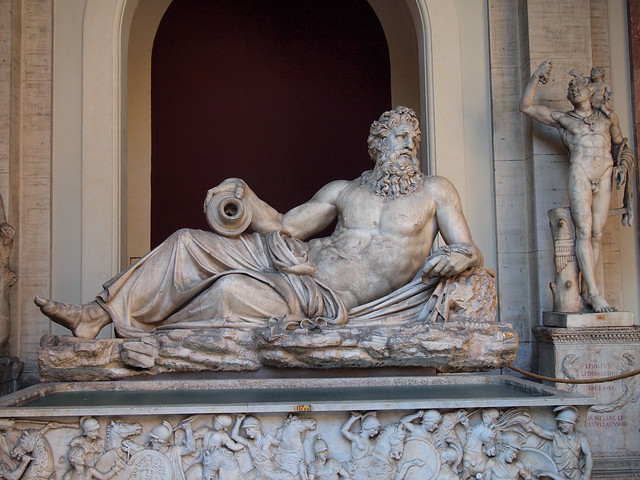

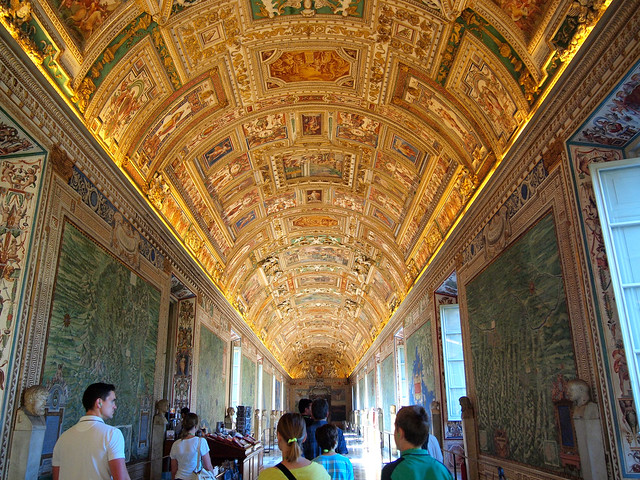

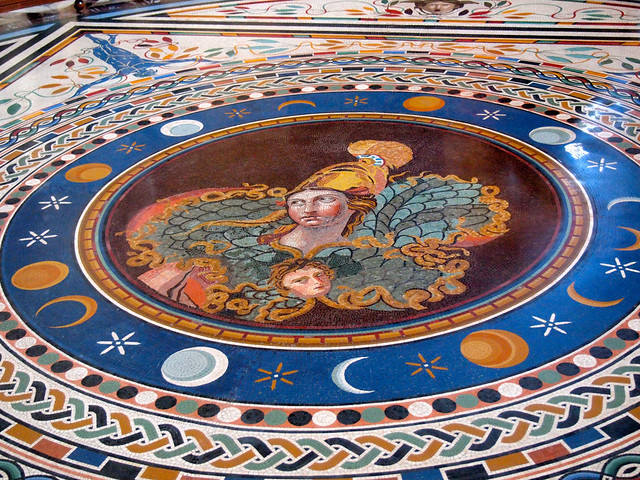
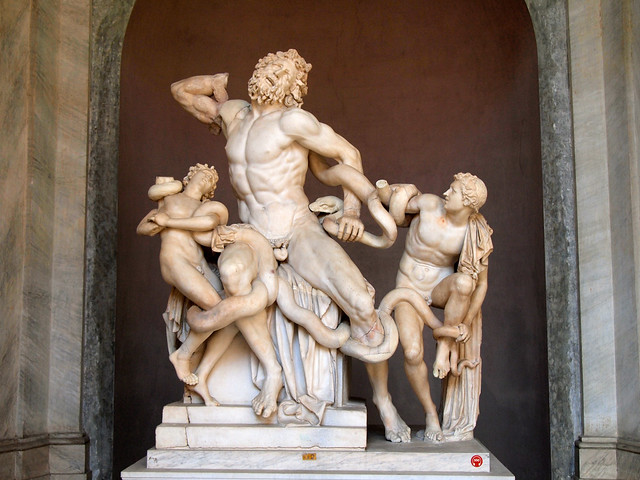
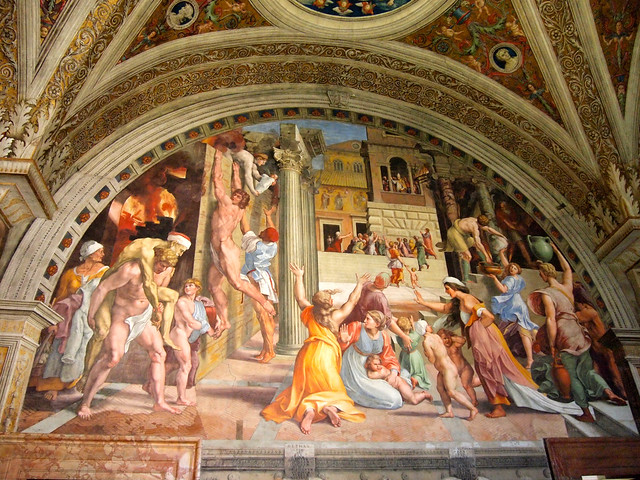
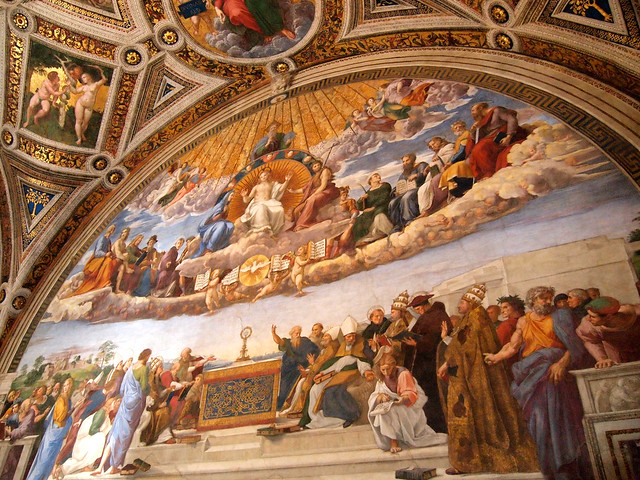
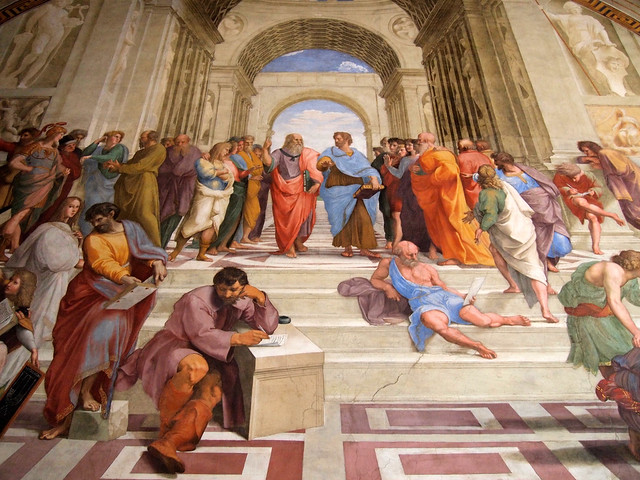

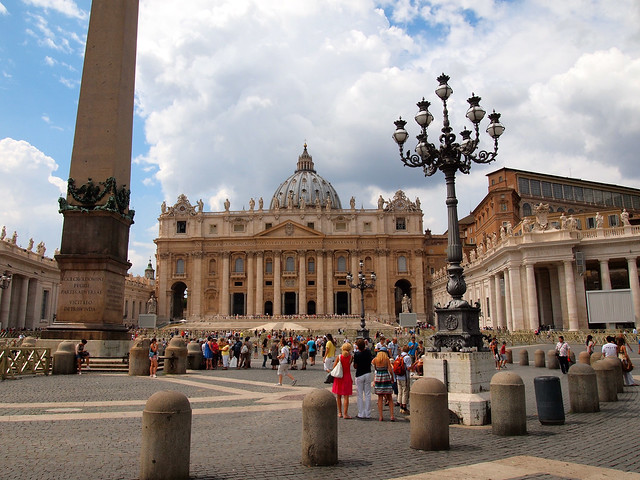

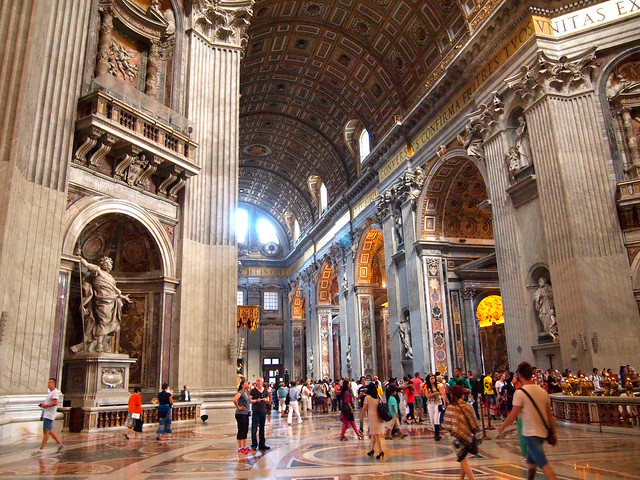



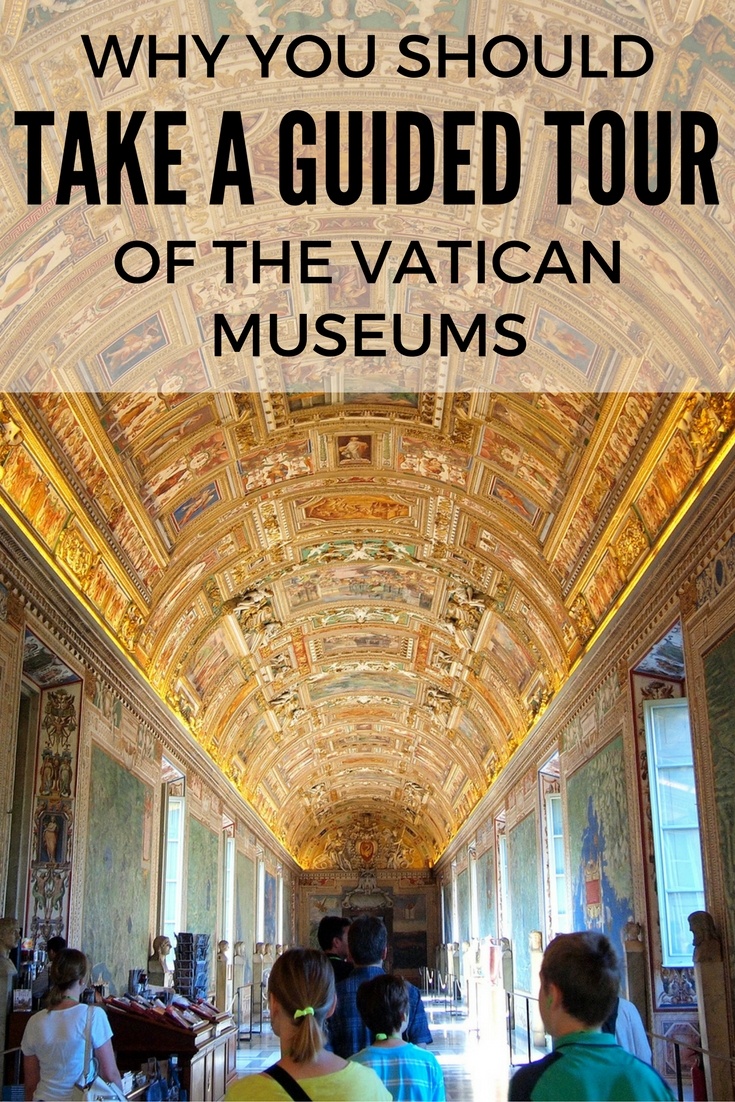
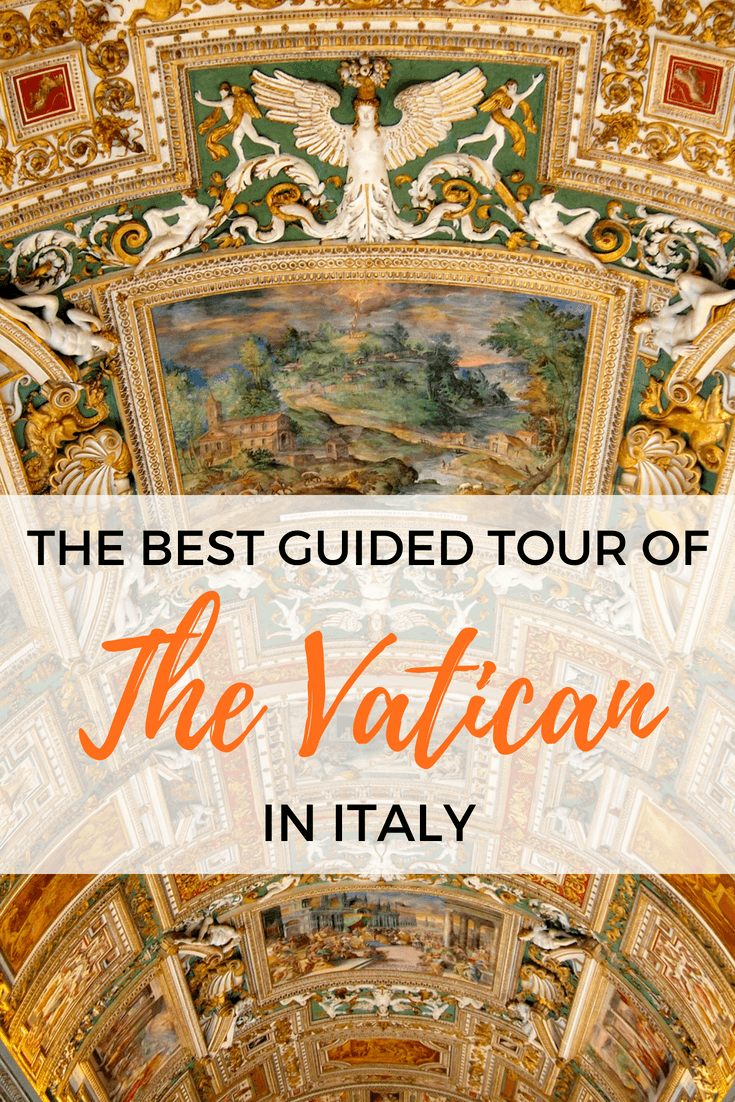









Nice recommendation. I’m pretty lost choosing between viator or walks of Italy, as the early entrance access equal to the entrance ticket (eur 16) ticket too?
Can I ask how did you get there before 7:35am? I’ll be staying nearby Rome Termini station, wondering how can I get there before the bus service even starts which is at 8:30am.
Thanks in advance!
Everything was included in the Walks of Italy ticket, including the early access.
And I actually was staying near the Vatican, so I was able to just walk to the meeting point in the morning. But, I’m pretty sure the Metro should start running early in the morning. You could hop on from Termini to San Pietro, which is right near the Vatican.
[…] the Louvre to see the Mona Lisa, or buy a ticket to the Accademia in Florence to see David. Sure, I’ll go every once in a while, when architecture is on display as much as art. But going to a museum just to see one or two […]